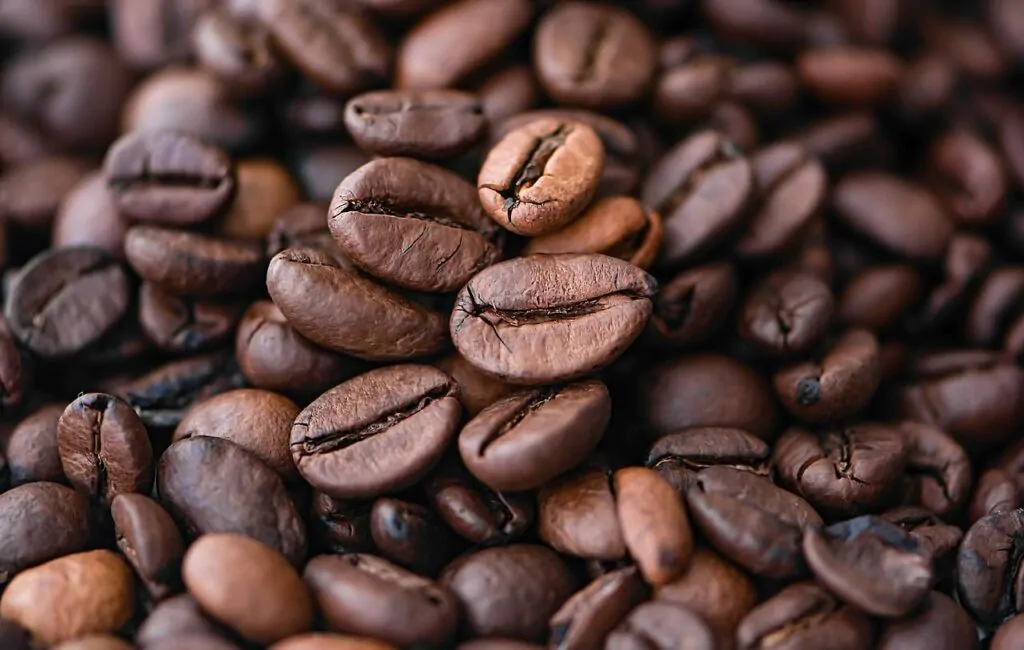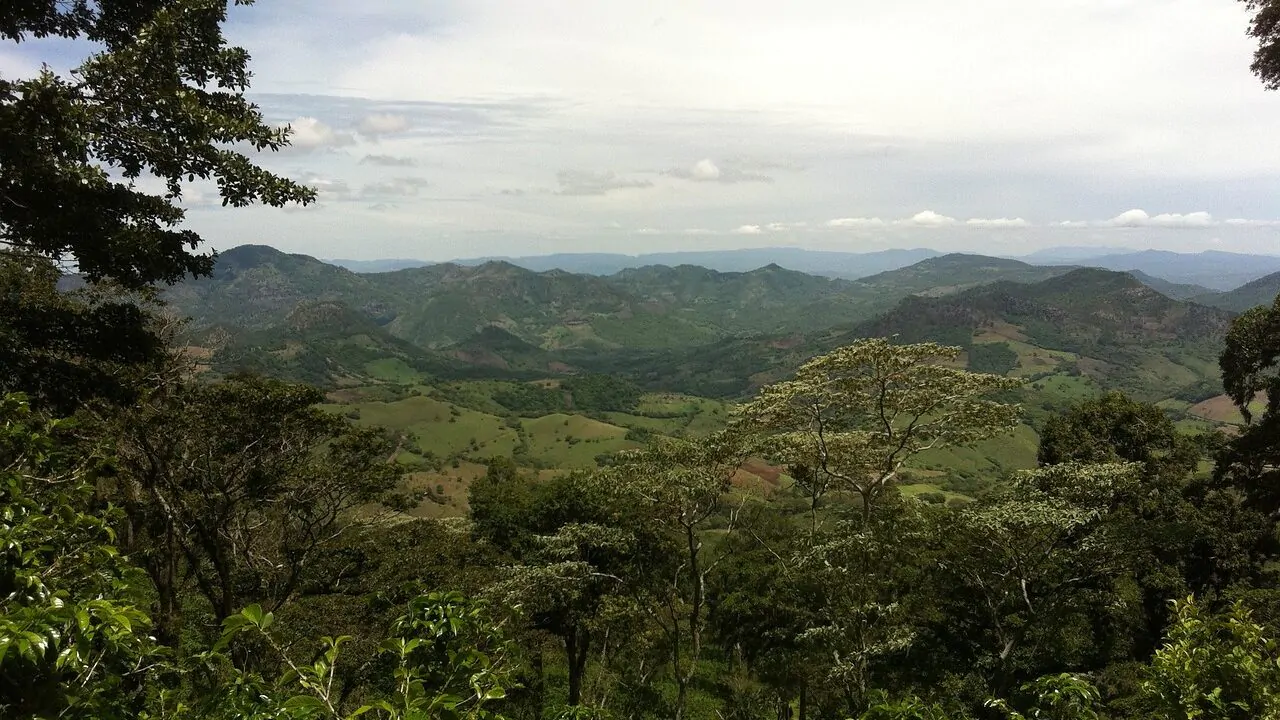Due to its substantial size compared to the other coffee bean variants, the Maragogype coffee has become a must-try, but what is Maragogype coffee?

I can’t count the times I was clickbaited online because of those “Top 10 Rare and Bizarre” lists, but if there was ever a list of rare coffee beans, most likely you will encounter the Maragogype. Its name alone stands out.
This variant comes from the Arabica coffee bean family and is also known as elephant coffee beans. It is 40% larger than the typical Arabica, hence the elephant in the name. For scale, it is closer to the size of plum and lima beans.
Origin Of Maragogype Coffee Bean
The Maragogype is a varietal of the Typica, a cultivar of the Arabica coffee bean breed. A variant can be considered a varietal if the plant has undergone a natural mutation. On the other hand, a variant is a cultivar if its development is man-made.
The Maragogype variant was first discovered in the city of Maragogipe (where it got its name) in Brazil during the late 19th century. It is hard to miss since the coffee cherry is larger and almost plum-like compared to the other variants. The beans inside resemble an Arabica; although once dried, it usually shows a rougher texture.
Hurdles Of Farming Maragogype Coffee
This variant is rare not because of its size but because its supply is scarce. It is challenging to grow and maintain, offering little to no room for error.
The plant thrives in a tropical setting but requires adequate shade and high elevation. The soil has to be rich since it will significantly affect flavor quality. If you can go over this hurdle, then comes the maintenance part as it is susceptible to coffee plant disorders such as coffee rust, coffee berry disease, and coffee plant pests.
It takes years to grow the perfect fruit for harvest, and occasionally it doesn’t ripen at the same time. Pickers would have to inspect the fruit one by one before it is picked.
The plant has a relatively low yield, so not much fruit can be gathered once it is ripe. In addition, because of their large size, the coffee beans themselves take longer to dry. This process is crucial as it also plays a factor in the flavor profile once it is brewed and helps encapsulate the natural sugar content of the beans.
I haven’t even shared how precarious it is to roast this due to its unconventional size and thickness.
Farmers aren’t known to be quitters. Despite these challenges, they have found a way to raise this variant in different countries across the globe. You can check out our overview of where coffee beans are grown to learn more!
Maragogype Coffee Variants

The majority of the Maragogype coffee variants are grown in Latin America, with Nicaragua as the major producer in the market. Each Maragogype variety has different complementary flavors depending on the climate, how rich the soil is, and how it was dried.
Generally, it is balanced in terms of acidity level, milder even. Most find its flavor similar to your usual Arabica, albeit on a higher level – smoother, silkier, and sweeter with a toasty and chocolatey undertone. Some find it earthy and woody, which is often the result of its demanding farming conditions.
In Nicaragua, their Maragogype variants are planted in volcanic soil, some at elevations of almost 5,000 feet. Volcanic soil is ridiculously packed with nutrients coming from the tephra or volcanic ash. This ensures that the full flavor profile of the Maragogype, including its hints of fruitiness, nuttiness, and caramel, is retained.
On the other hand, Mexican Maragogype is sweeter, more cherry-like, and has profound floral and citrus notes. Some even opt not to depulp the beans and dry them with the fruit to enhance their flavors.
Another noteworthy Maragogype variant is those that are grown in Hawaii. It is sweeter, fruitier, somewhat creamier, and has a dark chocolate-like texture while offering unique undertones depending on where it is farmed.
For instance, those that are cultivated in South Kona tend to have notes of lychee, hop flowers, and almonds, to name a few. Meanwhile, Maragogype variants in Ka’u have notes similar to s’mores with hints of wild honey and stone fruits.
If you can’t get enough of the Maragogype, you might also want to learn more about its more prominent child – Pacamara coffee, a product of cross-breeding with the pacas coffee bean.

